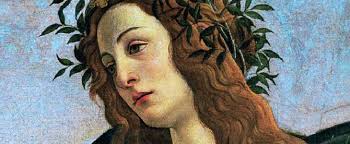Glazing and Scumbling in Oil Painting
Glazing and Scumbling in Oil Painting
David A Leffel
What is glazing in painting?
What is scumbling in painting?
When do artists use glazing in the oil painting process? When is it appropriate to use the process of scumbling? Enhancing an oil painting with the use of glazing is a useful tool. Understanding the process of scumbling can also be a useful process to oil painters. Because both of these techniques have long been misunderstood, you’ll learn how to glaze and scumble in this blog.
David A Leffel will share the historical distinction between glazing and scumbling. Most artists confuse the two oil painting techniques, leaving their art education incomplete. Once you understand that glazing and scumbling are completely opposite oil painting techniques, you will be able to solve problems in your work better than ever before.


Glazing is putting a dark, pure color over a lighter area to make the color more intense. To make a glaze, mix a thin wash of color using a lot of medium to achieve the consistency of watercolor. Alizarin Crimson, Ultramarine Blue, or Indian Yellow make very nice glazes.
Scumbling is taking a light opaque color–such as white, yellow ochre or naples yellow–and putting it over a darker color using a thin layer. Scumbling gives a painting an airy effect. To be considered scumbling, you do not need to dry brush, but it does need to be a thin layer of paint.
To learn more, watch this Free Video!




Leave a Reply
You must be logged in to post a comment.